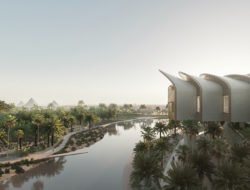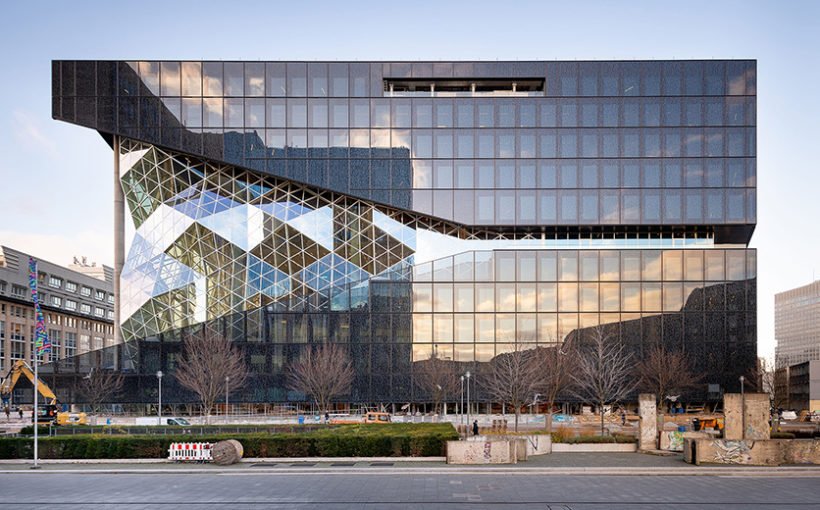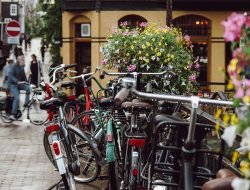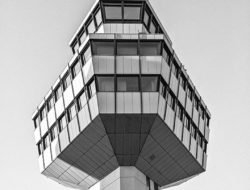The German publisher Axel Springer has just inaugurated its new building in Berlin, which is intended to illustrate the transition from print to digital media.
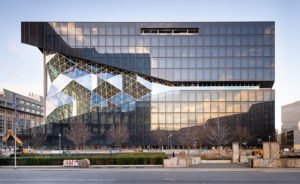
Berlin Springer © Dominik Tryba
Four years after the start of its conception, the German press giant (Bild, Die Welt…) has installed all its editorial offices in its new nerve centre. Renowned Dutch architect Rem Koolhaas and his Office for Metropolitan Architecture (OMA) designed this “powerhouse of creativity” after winning an international competition including 18 prestigious firms. And as the architect points out, “paradoxically, the current pandemic and concurrent digital acceleration demonstrate the need for spaces conceived for human beings to interact.“
Interaction is indeed at the centre of this spectacular project. “We wanted the new building to be a symbol and an accelerator of our own digital transformation“, says Mathias Döpfner, CEO of Axel Springer (the company has now switched all its media to digital). “Long before the coronavirus crisis, the mission was to find a new answer to the question of why office space is still needed in the digital age.“
Transparent and accessible
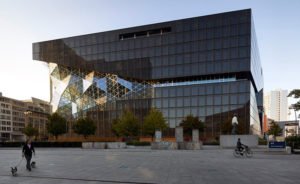
Berlin Springer © Nils Koenning
Rem Koolhaas provided a spectacular response to this challenge. The building offers a series of open and multifunctional spaces that allow maximum flexibility of use, spatial conditions ranging from intimate to monumental. This splendid work in the shape of a cube is crossed from side to side by terraces, which are downright floors in themselves (several editorial offices will work here). The focus was on collective intelligence, which is key to dynamic and efficient media. A relatively rare detail in the media sector: the public will be able to enter this mostly transparent building and witness the daily work of the various editors.
Similarly, the roof of this media hive will also be accessible to the public. The plan is to install family gardens for the employees. “They will be able to grow their own tomatoes there if they wish“, the company CEO said. The staff has been closely involved in all stages of the project, since its design phase. Another curiosity: Springer’s headquarters has even been the subject of a dedicated website.
In a fun and symbolic way, this spectacular 120,000m3 building is located in the heart of the old district where all the Berlin news companies were established. But that’s not all: it was built precisely on the old border between East and West Berlin. Except that it creates a strong bond between the two parts of the city, whereas the wall divided them.
Tags: Axel Springer, Berlin, OMA, Rem Koolhaas

































